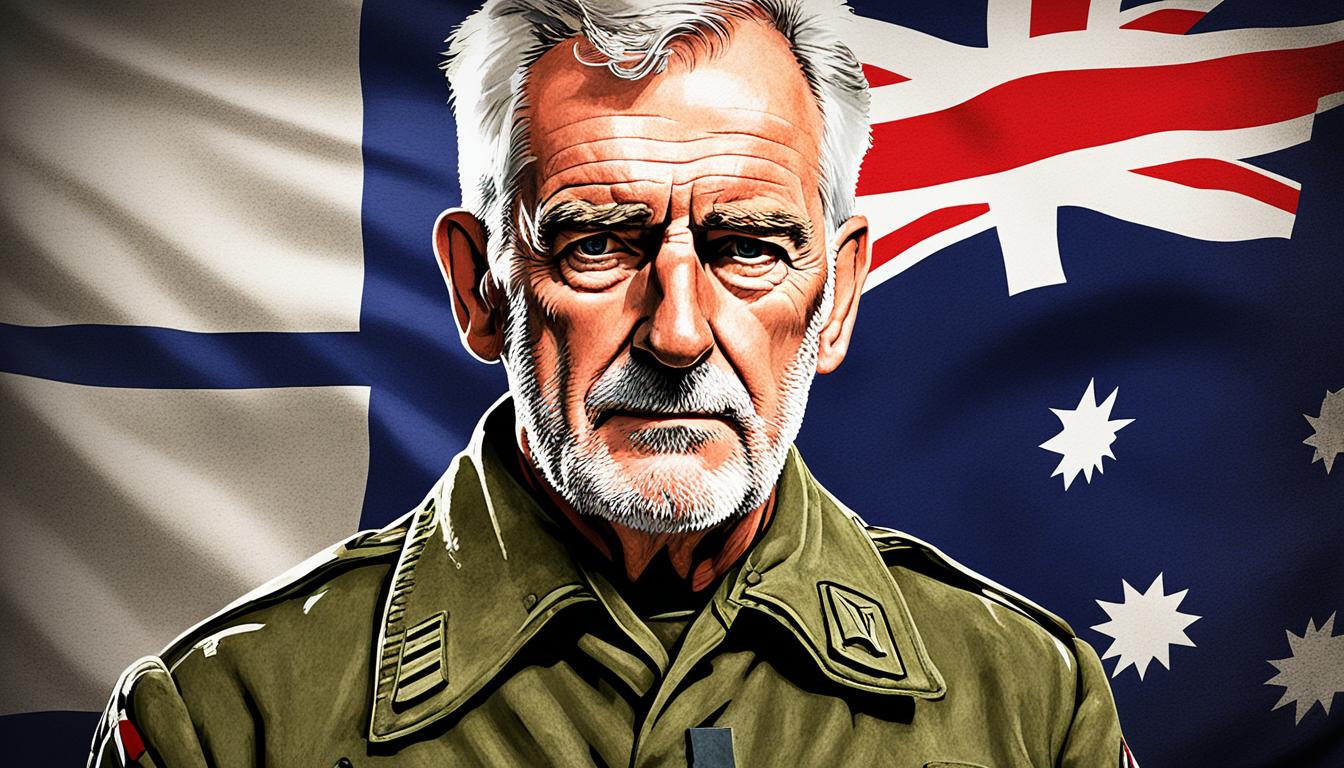The Australian War Memorial currently holds 66 Victoria Crosses (VCs), the highest military decoration awarded for valor “in the presence of the enemy” to members of the Australian Armed Forces. The VC may be bestowed upon individuals of any rank or service, as well as civilians under military command. It is the highest award in the Australian Honours Order of Wearing, taking precedence over all other postnominals and Australian orders and decorations. Instituted by Queen Victoria in 1856 to recognize acts of bravery during the Crimean War, the VC has been awarded to Australians under both the Imperial honors system and the later Australian Honours System, which established the Victoria Cross for Australia in 1991.
Key Takeaways
- The Australian War Memorial holds 66 Victoria Crosses, the highest military decoration awarded for valor.
- The VC may be awarded to individuals of any rank or service, including civilians under military command.
- The VC is the highest award in the Australian Honours Order of Wearing, taking precedence over all other Australian honors.
- Australians have received the VC under both the Imperial honors system and the Australian Honours System.
- The oldest Australian VC winner is not definitively known, but the majority of awards were made during World War I.
Introduction to the Victoria Cross
The Victoria Cross (VC) is the highest military decoration awarded for valor “in the presence of the enemy” to members of the Australia Armed Forces. This prestigious award, established by Queen Victoria in 1856, holds the utmost significance as the highest honor in the Australian Honours Order of Wearing, taking precedence over all other postnominals and Australian orders and decorations.
The Highest Military Decoration in Australia
The Victoria Cross is bestowed upon members of the Australian Armed Forces, regardless of rank or service, as well as civilians under military command, who have displayed the most conspicuous gallantry, daring, and devotion to duty in the face of the enemy. This esteemed decoration is a testament to the bravery and sacrifice of those who have undertaken extraordinary acts of valor in the line of duty.
Eligibility and Criteria for the Award
To be eligible for the Victoria Cross, an individual must have performed an act of the most conspicuous gallantry, or a daring or pre-eminent act of valor or self-sacrifice, in the presence of the enemy. The criteria for the award are extremely stringent, ensuring that only the most exceptional acts of heroism are recognized with this prestigious honor.
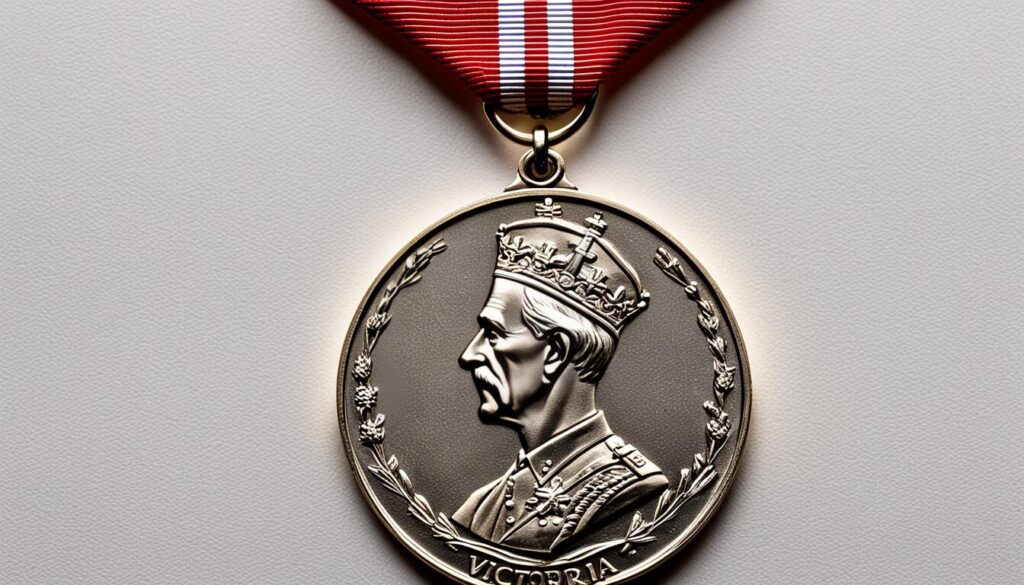
History of the Victoria Cross
The Victoria Cross, the highest military decoration awarded for valor “in the presence of the enemy” to members of the Australian Armed Forces, has a rich and storied history dating back to the mid-19th century. The history of the Victoria Cross can be traced to its origins during the Crimean War, and its transition to the Australian Honours System in the modern era.
Origins During the Crimean War
The original Victoria Cross was officially instituted on January 29, 1856 by Queen Victoria by royal warrant, with the medals backdated to 1854 to recognize acts of valor during the Crimean War. The medals were intended to be cast from the bronze cascabels of two cannons captured from the Russians at the siege of Sevastopol, though historian John Glanfield has shown the metal used is actually from antique Chinese guns.
Transition to the Australian Honours System
Over the years, the Victoria Cross for Australia has become a symbol of the nation’s military prowess and the sacrifices made by its service members. The VC was initially awarded under the Imperial honors system, but in 1991, the Victoria Cross for Australia was established as part of the Australian Honours System, solidifying its place as the highest military decoration in the country.
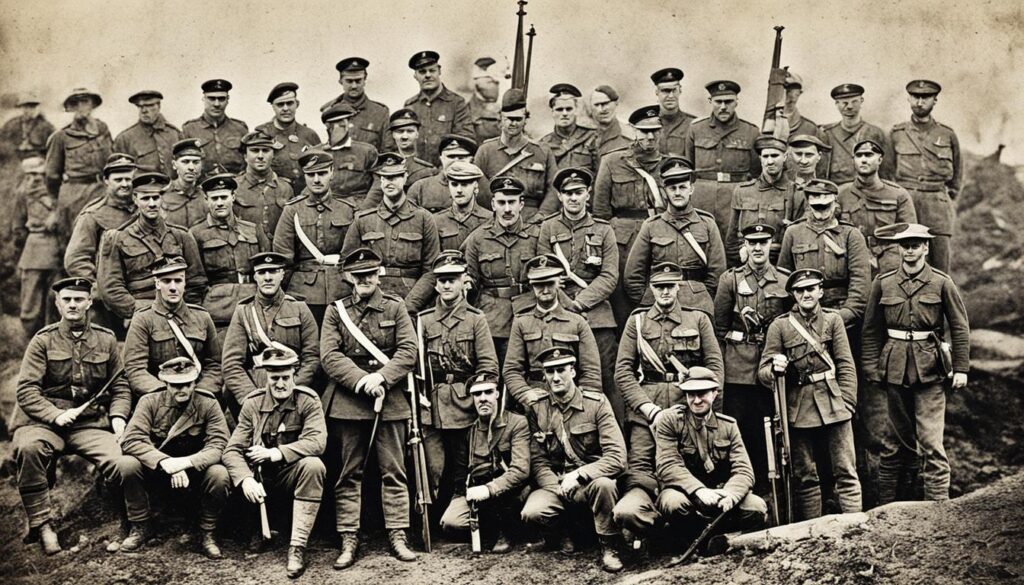
The Victoria Cross for Australia
The Victoria Cross for Australia was created by letters patent signed by Elizabeth II, Queen of Australia, on January 15, 1991. This prestigious decoration is identical in design to the original Victoria Cross, featuring a bronze cross pattée with a crown and lion superimposed, and the motto “For Valour” inscribed below.
Establishment and Design
The Victoria Cross for Australia was established to recognize acts of the most conspicuous gallantry, or of daring or pre-eminent act of valor or self-sacrifice, or extreme devotion to duty in the presence of the enemy by members of the Australian armed forces. The design of the medal remains faithful to the original Victoria Cross, ensuring a seamless continuation of this esteemed military honor within the Australian honors system.
Precedence and Significance
The Victoria Cross for Australia takes precedence over all other Australian orders, decorations, and medals. This placement underscores the profound significance of the award, signifying the highest level of valor and sacrifice recognized by the Australian nation. Recipients of the VC for Australia are revered as the most heroic members of the country’s armed forces, their actions serving as an inspiration to both current and future generations.

Notable Australian VC Recipients
Australians have received a total of 96 Victoria Crosses, with the majority of these prestigious awards being granted for acts of notable Australian VC recipients during the World Wars. These heroes, from diverse backgrounds and service branches, have left an indelible mark on the country’s military history.
Heroic Acts in World War I
During Australian VC World War I, several Australians distinguished themselves through extraordinary courage and selflessness on the battlefield. One such recipient was Albert Jacka, who was awarded the VC for his bravery during the Battle of Gallipoli in 1915. Jacka single-handedly recaptured a section of the allied trench that had been overrun by the enemy, an act that inspired his comrades and earned him the nickname “the Australians’ Anzac hero.”
Bravery in World War II
The Australian VC World War II era saw equally remarkable displays of heroism, with names like Rawdon Hume Middleton and Edward Kenna etched into the nation’s military annals. Middleton, a bomber pilot, was awarded the VC for his courageous actions during a raid over Germany, where he continued to guide his damaged aircraft to the target despite severe injuries. Kenna, a private in the Australian Army, received the VC for his outstanding leadership and bravery in the face of the enemy during the Battle of Lone Pine in Gallipoli.
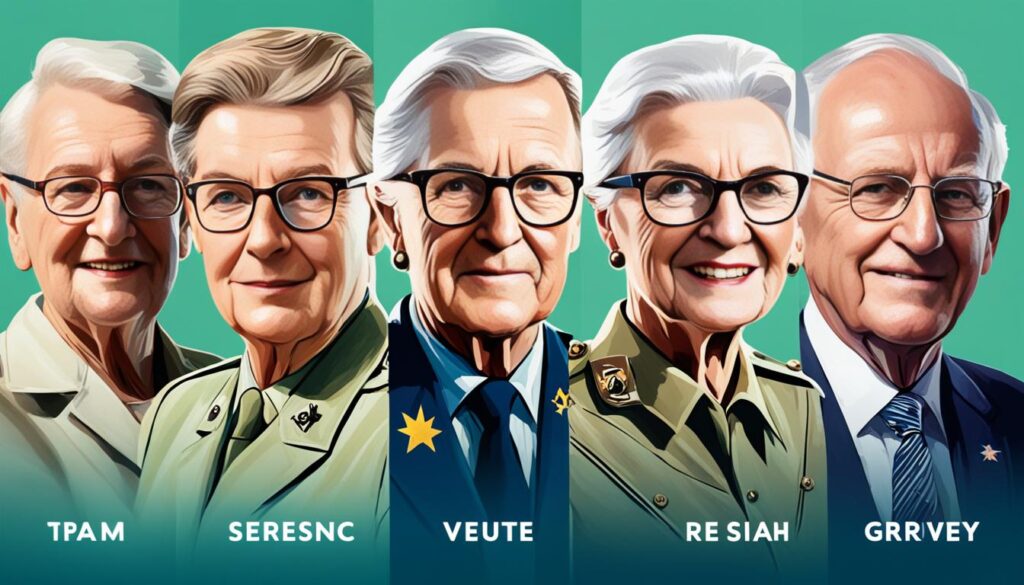
These are just a few examples of the notable Australian VC recipients whose heroic deeds have inspired generations of Australians and earned them a place in the country’s military history. Their stories of valor, sacrifice, and unwavering commitment to duty continue to be celebrated and remembered as a testament to the enduring spirit of the Australian armed forces.
Who is the oldest Australian VC winner?
The oldest Australian VC winner is a topic that remains shrouded in uncertainty, as the specific details of the recipient’s age are not definitively stated in the provided information. What is known is that the Victoria Cross (VC) has been awarded to a total of 96 Australians since its inception, with the honors spanning a wide range of conflicts from the Second Boer War to the Vietnam War.
Interestingly, the article indicates that the majority of VC awards to Australians, a total of 64, were granted for actions during World War I. This suggests that the oldest Victoria Cross recipient in Australia is likely from that historical period, when the nation’s military forces made significant contributions to the war effort.
While the precise identity and age of the oldest Australian VC winner remains elusive, the legacy of valor and sacrifice embodied by all VC recipients continues to inspire and captivate the public imagination. The VC stands as a testament to the extraordinary courage and dedication of Australia’s servicemen and women, honoring their unwavering commitment to duty in the face of the enemy.
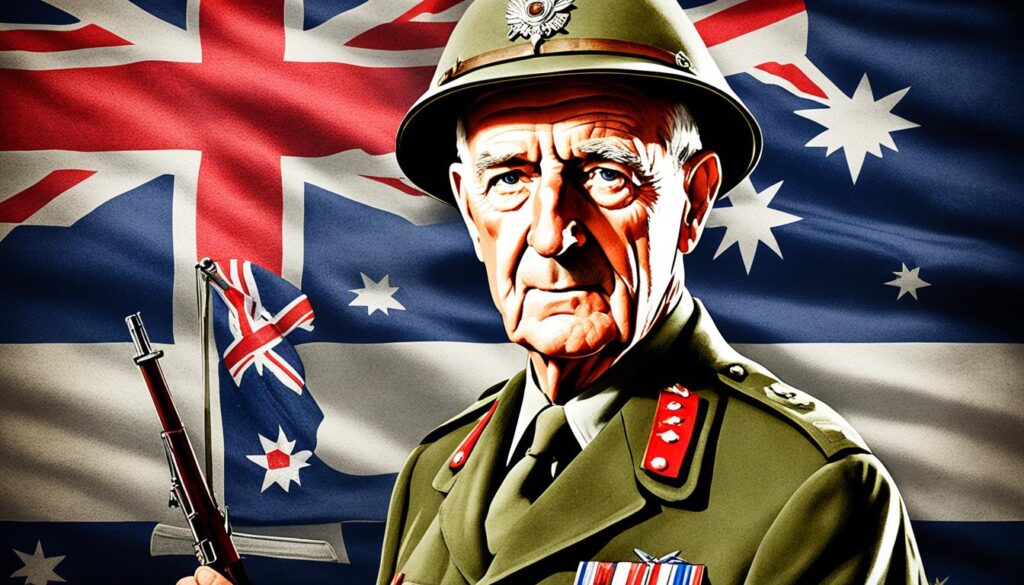
The Legacy of Valor
The Victoria Cross represents the highest military honor in Australia, bestowed upon those who have displayed the most conspicuous gallantry, daring, or devotion to duty in the face of the enemy. This prestigious award is deeply revered, both as a symbol of the courage and sacrifice of those who have earned it, and as a testament to the enduring legacy of valor that inspires future generations.
Honoring Courage and Sacrifice
Each Victoria Cross recipient has demonstrated extraordinary bravery and self-sacrifice in the most perilous of circumstances. Their actions, often in the midst of intense combat, have secured the freedom and safety of their comrades and countrymen, earning them a place of honor in Australian history. The Victoria Cross legacy ensures that their deeds and the sacrifices they made are never forgotten, serving as a perpetual reminder of the human spirit’s capacity for heroism.
Inspiring Future Generations
The Victoria Cross inspires current and future members of the Australian Armed Forces, as well as the broader public, to strive for the highest standards of courage, integrity, and dedication to duty. By honoring VC recipients, Australians are encouraged to emulate the virtues that earned these individuals the nation’s highest military decoration, fostering a culture of service and selflessness that strengthens the fabric of Australian society.
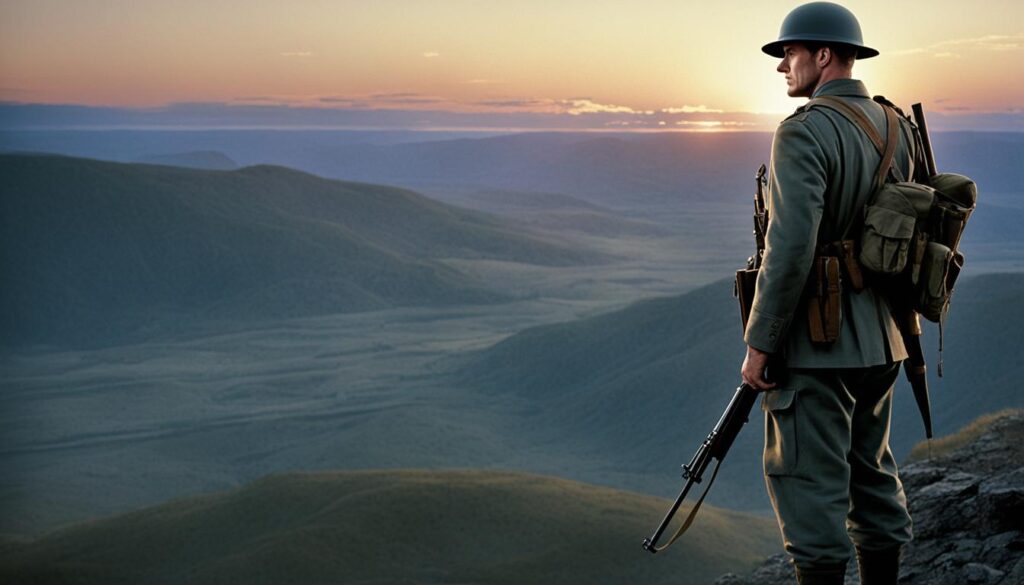
Obtaining and Preserving the Victoria Cross
The Victoria Cross is an exceptionally rare military decoration, with only 96 Australians having been awarded the honor since its inception. The medal itself is highly prized, both for its significance and its material composition. The bronze used to cast each Victoria Cross is sourced from the cascabels of two Russian cannons captured during the Crimean War, making each medal uniquely valuable.
Rarity and Value of the Medal
The rarity of the Victoria Cross is a testament to the extraordinary bravery and sacrifice required to earn this prestigious award. With only 96 Australians having been recognized for their valor, the Victoria Cross stands as a rare and highly sought-after symbol of military heroism. The bronze used in its construction, dating back to the Crimean War, further adds to the value and significance of each individual medal.
Institutional Holdings and Exhibitions
The Victoria Cross holdings and exhibitions in Australia play a vital role in preserving the legacy of these courageous individuals. The Australian War Memorial, for example, currently houses 66 Victoria Crosses, offering visitors a profound glimpse into the acts of bravery that have defined Australia’s military history. These exhibitions not only honor the recipients but also inspire future generations to uphold the highest standards of service and sacrifice.
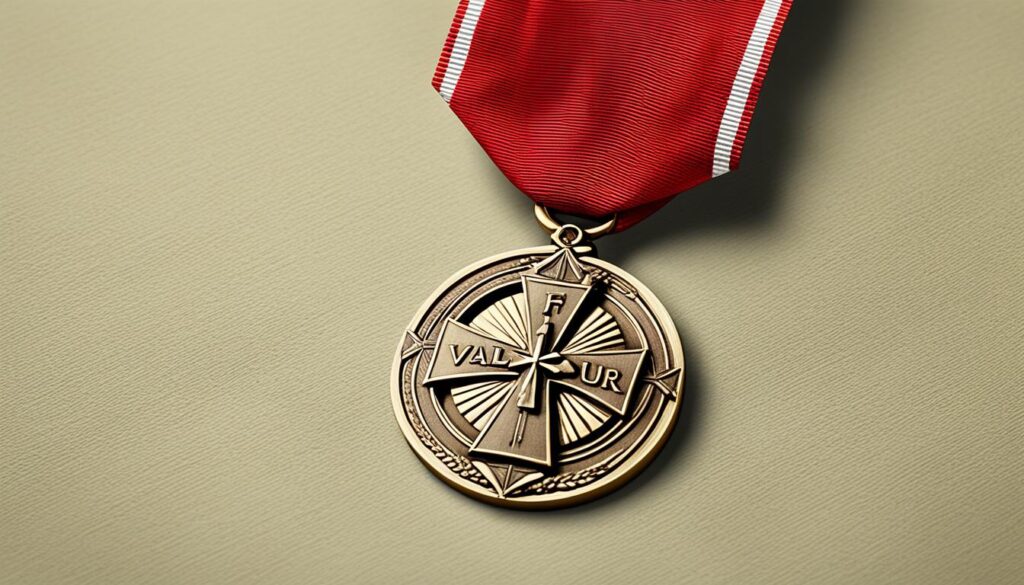
| Conflict | Number of Victoria Crosses Awarded to Australians |
|---|---|
| Boer War (1899–1902) | 6 |
| World War I (1914–1918) | 64 |
| North Russia (1919) | 2 |
| World War II (1939–1945) | 21 |
| Vietnam (1962–1972) | 4 |
| Afghanistan (2001–2021) | 4 |
Controversies and Debates
The Victoria Cross for Australia has not been without some Victoria Cross controversies and debates. The warrant for the Australian VC differs from the original Imperial warrant, allowing for “other persons determined by the Minister [for Defence] for the purposes of this regulation.” This has raised questions about potentially expanding eligibility criteria beyond traditional military personnel to include individuals such as police, firefighters, or civilians.
Expanding Eligibility Criteria
The expanded eligibility criteria for the Victoria Cross for Australia has been a subject of VC eligibility debates. Some argue that the award should remain strictly limited to military personnel, while others believe it could be appropriate to recognize acts of bravery and heroism by civilians or first responders in certain circumstances.
Posthumous Awards
Another area of discussion has been the issue of posthumous Victoria Cross awards. The Victoria Cross for Australia has been awarded posthumously on two occasions as of February 2021, honoring those who have made the ultimate sacrifice in the line of duty. The inclusion of posthumous awards has been seen by some as a way to recognize and commemorate the bravery of fallen heroes.
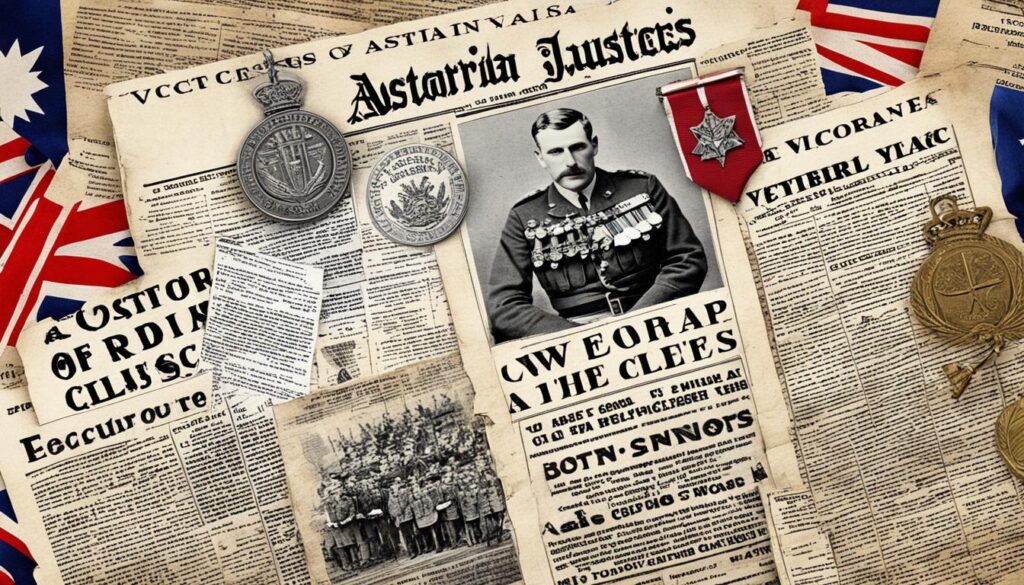
Cultural Significance
The Victoria Cross holds a profound cultural significance in Australia, serving as a symbol of the nation’s military valor and the sacrifices made by its service members. This cultural importance is reflected in the ways the VC has been represented in literature and art over the decades.
Representation in Literature and Art
From novels and poems to paintings and sculptures, the Victoria Cross has inspired countless works of art and creative expression in Australia. The stories of VC recipients, their heroic actions, and the legacy of their sacrifices have captivated the public’s imagination, leading to a proliferation of artistic tributes that celebrate the Victoria Cross and its cultural significance.
Remembrance and Commemoration
The Victoria Cross is also deeply woven into the fabric of Australian national remembrance and commemoration. The Australian War Memorial (AWM) plays a pivotal role in honoring VC recipients, displaying 67 Australian VCs and three British VCs with Australian associations in its renowned “Hall of Valour.” The AWM’s promotion of the VC, through ceremonies, public programs, exhibitions, and book launches, has further bolstered the medal’s stature and cemented its place as a symbol of the country’s military heritage and the “Anzac spirit.”
| Metric | Value |
|---|---|
| Total Victoria Crosses Awarded | 1,357 |
| Victoria Crosses Awarded to Australians | 100 |
| Australian VCs Displayed at the AWM | 67 |
| British VCs with Australian Associations Displayed at the AWM | 3 |
| Books about VCs Published Since 2000 | 17 |
| Books about VCs Published Between 1930-2000 | 10 |
The Victoria Cross’s cultural significance in Australia is undeniable, as it continues to captivate the public’s imagination and serve as a symbol of the nation’s military heritage and the unwavering bravery of its service members.

Conclusion
The Victoria Cross stands as the pinnacle of military honors in Australia, recognizing the most extraordinary acts of valor and self-sacrifice by the nation’s service members. With a storied history dating back to the Crimean War, the VC has been awarded to 96 Australians, the majority for their courageous actions during the two World Wars.
While the number of VC recipients may be small, their legacies live on as shining examples of the unparalleled bravery and dedication that have defined Australia’s armed forces. From the first VC awarded to Trooper Mark Donaldson in 2009 to the most recent recipient in 2020, these individuals have set a standard of excellence that continues to inspire and motivate future generations of Australians.
As the Victoria Cross for Australia remains the nation’s highest military accolade, it serves as a poignant reminder of the sacrifices made by those who have defended their country with unwavering commitment. Their stories of heroism and valor will forever be etched in the annals of Australian history, a testament to the enduring spirit of the nation’s service members.
